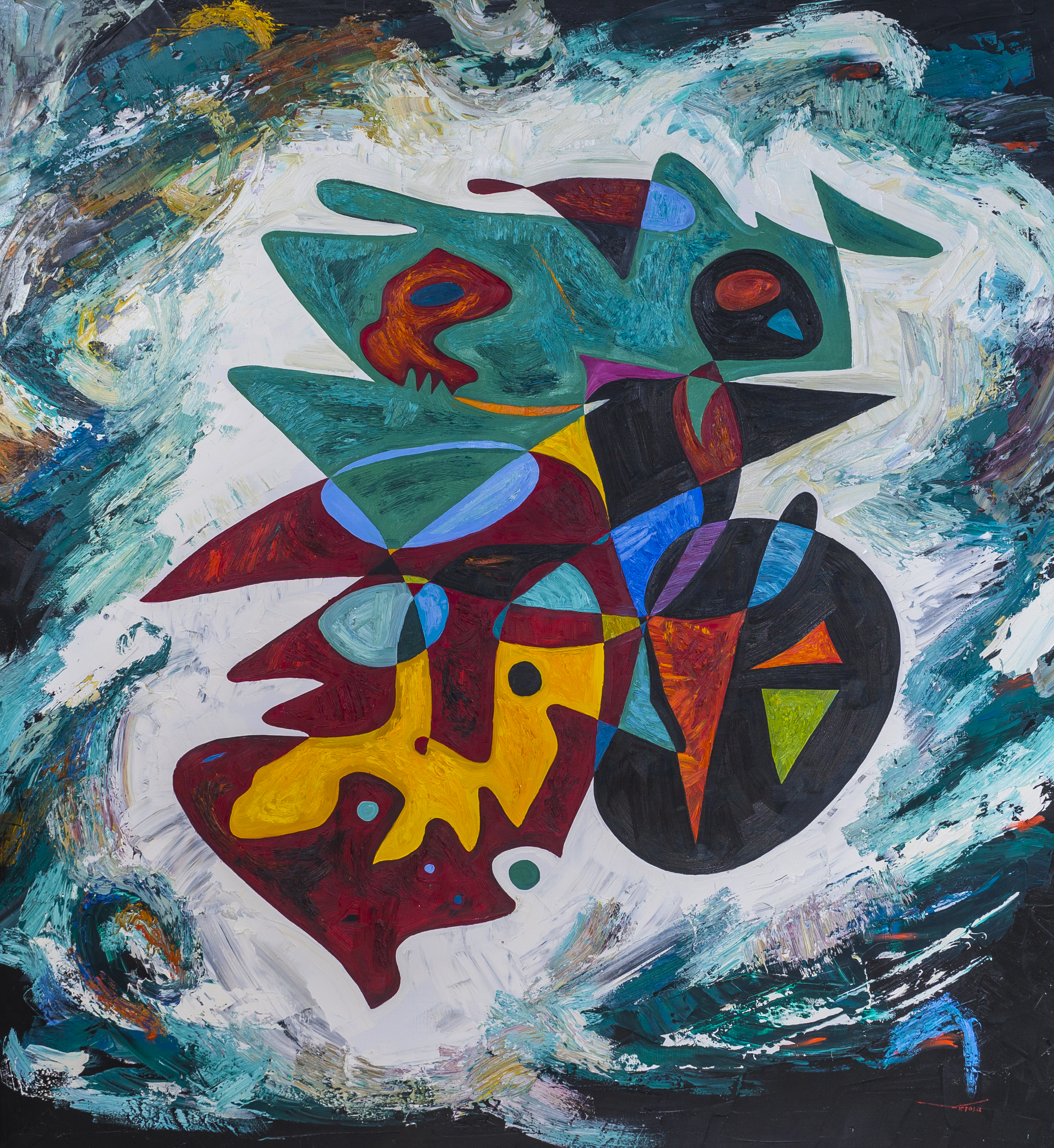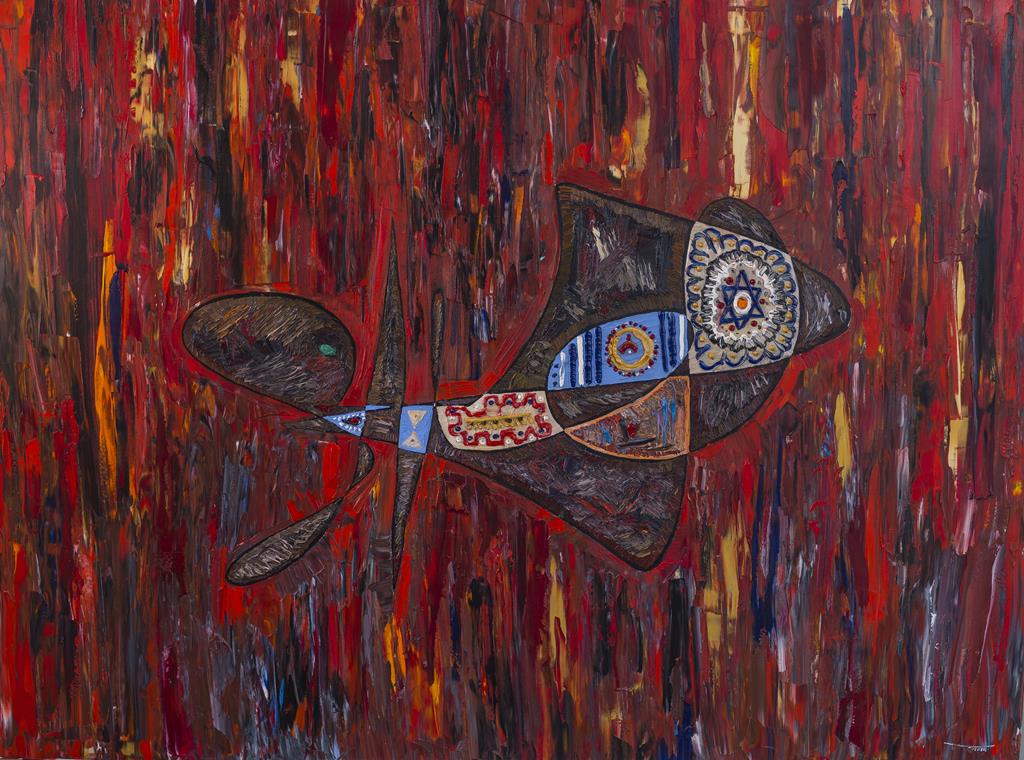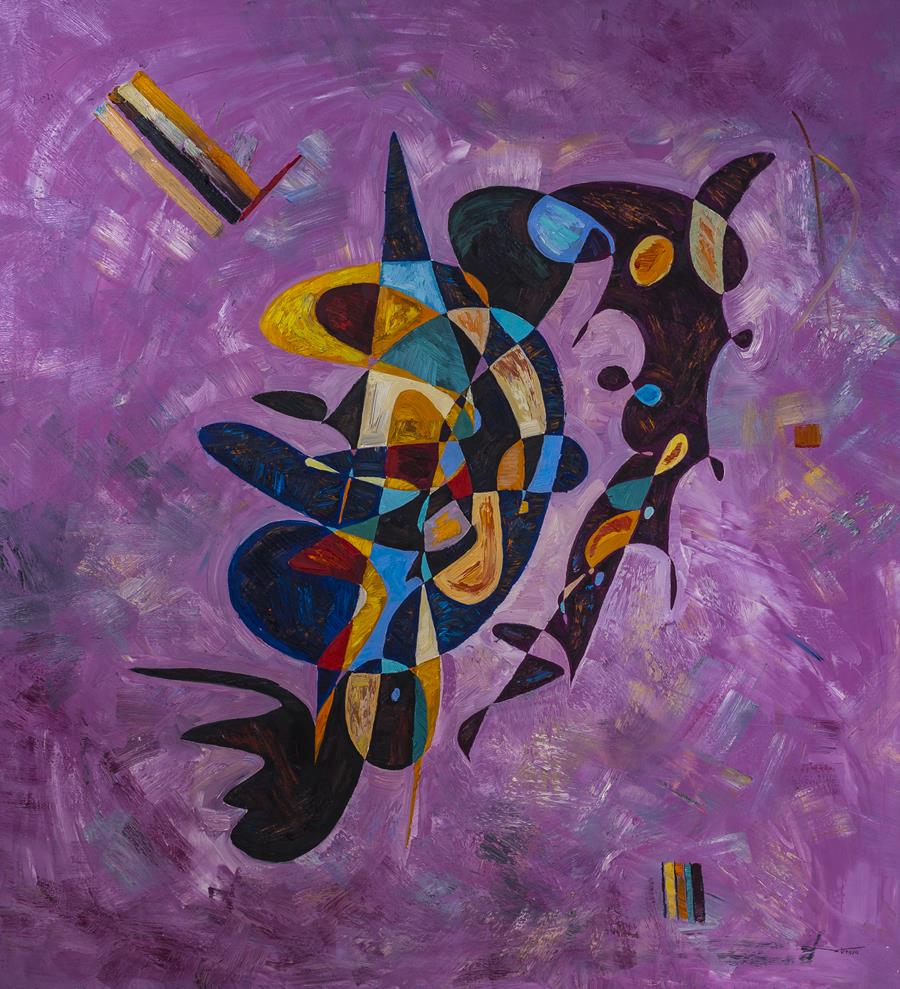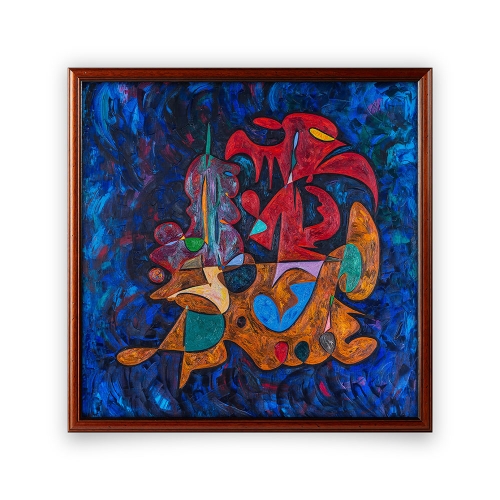At whatever your subject may be, just look and place it.
For those people that know what to search for, this statement makes sense. It appears simple, because it is simple.
Many students however, just do not know what to look for to"draw what they see". They may observe a individual, a landscape, or a still life, but they don't understand take the information that is visual and turn it into a symbolic drawing or painting.
In this post, so that you can draw what you see we will look to look for when creating an drawing or painting.
Look For the Shapes
For many of us are the lines. This is how most of us first learn how to draw so it makes sense that we seek these out. We see the advantages of objects as lines, which are referred to lines. Our initial inclinations would be to draw on these lines which contributes to a shape of the subject.
I suggest that we skip the lines and look for the shapes. Sure, we will use lines to draw on the contours, but starting painting or a drawing by identifying the contours often contributes to greater accuracy. Don't worry, we will address the lines, but it's often not the best place to start.
All subjects, no matter how complex they may be, can be simplified into basic shapes. By layering shapes and piecing them together, we can construct the structure of the subject. The procedure for finding the shapes in your subject does take a bit of training and practice of your head, but that is what sketchbooks are for.
Here is a simple example...
Drawing with shapesOh yes -- the hand. The subject of the hand strikes fear in each beginning artist because it is complex. But even this subject can be simplified into shapes which are simple to draw. It's just a matter of identifying those shapes and piecing them together.
In the above example, there is a rectangle drawn for the back of the hand. There is A triangle drawn connecting the thumb. Organic shapes are drawn for every section of their fingers.
As we draw the contours, we can make comparisons to the negative shapes that exist around the subject. These comparisons and the adjustments that are made, will improve the accuracy of the drawing or painting.
Once the basic shapes are drawn and laid out, we can move on to another thing to look for -- the lines.
Start Looking For the Lines
Now that we've identified the contours, we can move on to painting or drawing the lines. Since the overall form of the subject has been defined, we can focus on the quality of line that's produced, without worrying about the shape made by our contours (outlines).
Using the shapes we can add the contour lines adjusting thinness and the thickness of the mark to create variety and interest.
Lines in observational line quality that is produced enhances the appeal, but also communicates texture and the form of the subject. When we observe the subject, we can pay close attention to subtle changes in the lines and add them,"as we see them", in the painting or drawing.
Part One
Part Two
Let's move on to search for -- value.
Look For the Values
It is important to note that the upcoming things that we will be looking for in our topic are dependent on one another. Since they influence each other, so they may be concurrently. Since it is the best influencer of the two, we'll start with value. And if the value is true, then texture and form only"fall into place".
Value is defined as the darkness or lightness of a color. It is how we really find the critical areas of the world around us.
Find out More about value
Locating middle values in your subject, light, and the dark and incorporating them at the right locations in the art leads to accuracy.
Values in observational drawing
Watch this demonstration (Membership required)
As it tells us much about the light, getting the value to what is observed, as close as possible is crucial. It is among the most important things to look for when you are drawing"what you see".
Learn ability and a drawing concept every day for 25 days. Each drawing theory taught includes a short drawing exercise (less than 1 hour) that strengthens the concept taught.
VIEW COURSE
Look For the Form
The type of the subject is communicated through the value that exists on the topic. The relationships of these values tell the viewer about the shape of the subject.
Objects will have defined areas of value which can be identified.
Locations of worth creating the illusion of form. Above image from"The Oil Painting Master Series" course.
Highlight -- The location on the topic where light is hitting directly.
Midtone -- Area on the subject of middle price the colour of the subject.
Reflected Highlight -- Locations of value lighter than the core shadow that result from surrounding objects or surfaces bouncing light.
Cast Shadow -- Shadows that are cast on surrounding objects or surfaces because of blocked or partially blocked light.
The positioning of these locations of value tell the subject's form and the viewer about the light, so it is reasonable that we should be looking that we draw or paint. The illusion of form is created, As soon as we position them properly.
Look For the Textures
Just like form, the relationships of significance communicate in a painting or drawing feel. The directional marks, whether they be made with a brush or using a pencil also play a role.
In conjunction, the relationships of value and the directional marks lead to the illusion of texture.
Lines that are directional to make texture
Above picture from"The Colored Pencil Course".
The directional marks that are made often"flow" over the form of the subject. Not only do these lines communicate the feel on the topic, but they can tell us a bit about the form.
Start Looking For the Colors
Naturally, the color is important in painting or an observational drawing and should be observed. The trick in applying the color does not necessarily lie in the observation, but instead in those observed colors must be mixed.
Matching colors
Above image from"The Watercolor Workshop".
Mixing colors requires a little practice and experience with the medium. Various mediums require different mixing methods. You don't mix oil paints in precisely the exact same manner that you combine pencils, for example.
And while matching the color may seem important, the color applied's value is actually a factor. When the value is matched, then the topic is still communicated, although colors can be completely changed.
Changing color
Of course, with painting and observational drawing, you'll want to match the colors as closely as possible. You don't need to paint a portrait of someone and make them green (unless they are a Martian or are very sick). I include the image above also to point out that if you're off a bit Silent Observer with the color, it okay and to demonstrate the importance of value.
The Theme
Have you noticed a theme? If you're keen, you have probably noticed that the six things listed here are just six of the seven elements of art...
Line
Shape
Form
Value
Texture
Color
The only element missing is"space", which is communicated through many different factors including placement, value, colour, detail, overlapping, and dimensions.
The key to"looking" lies in understanding what exactly to look for. When we create an painting or drawing, the field is communicated by us throughout the elements of art.
It only makes sense that these elements are what we look for on our subjects when we"draw what we see."







